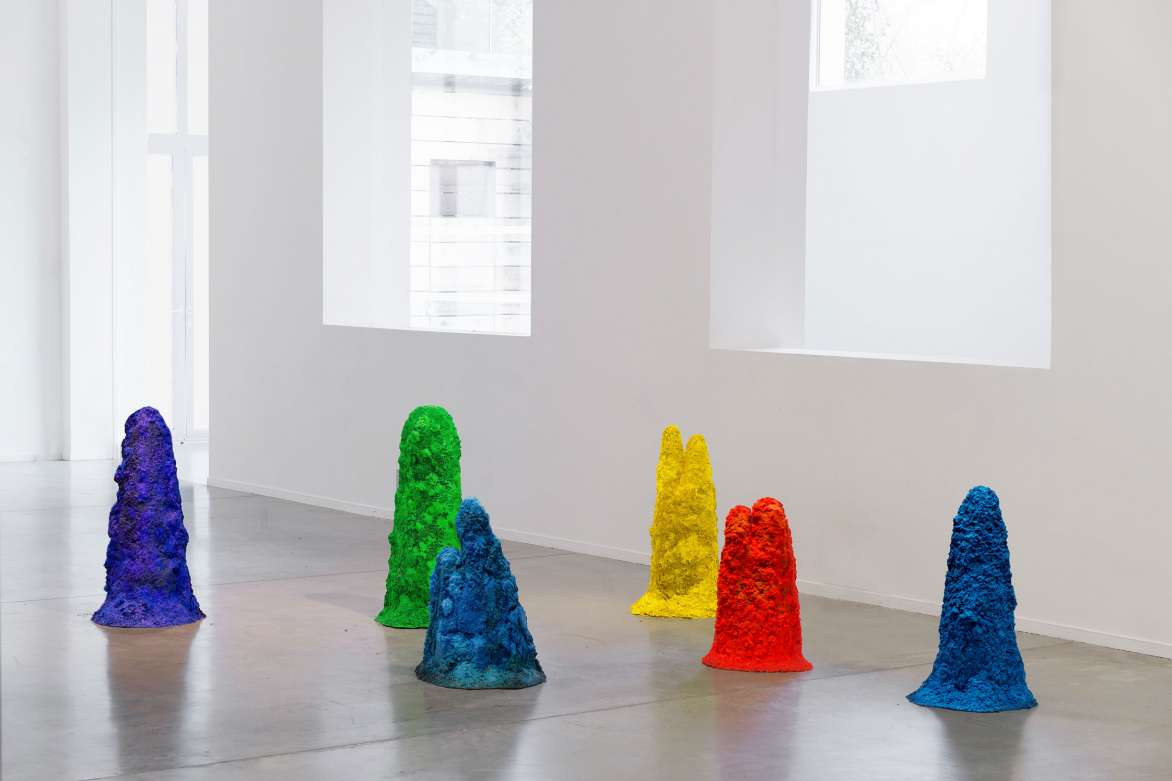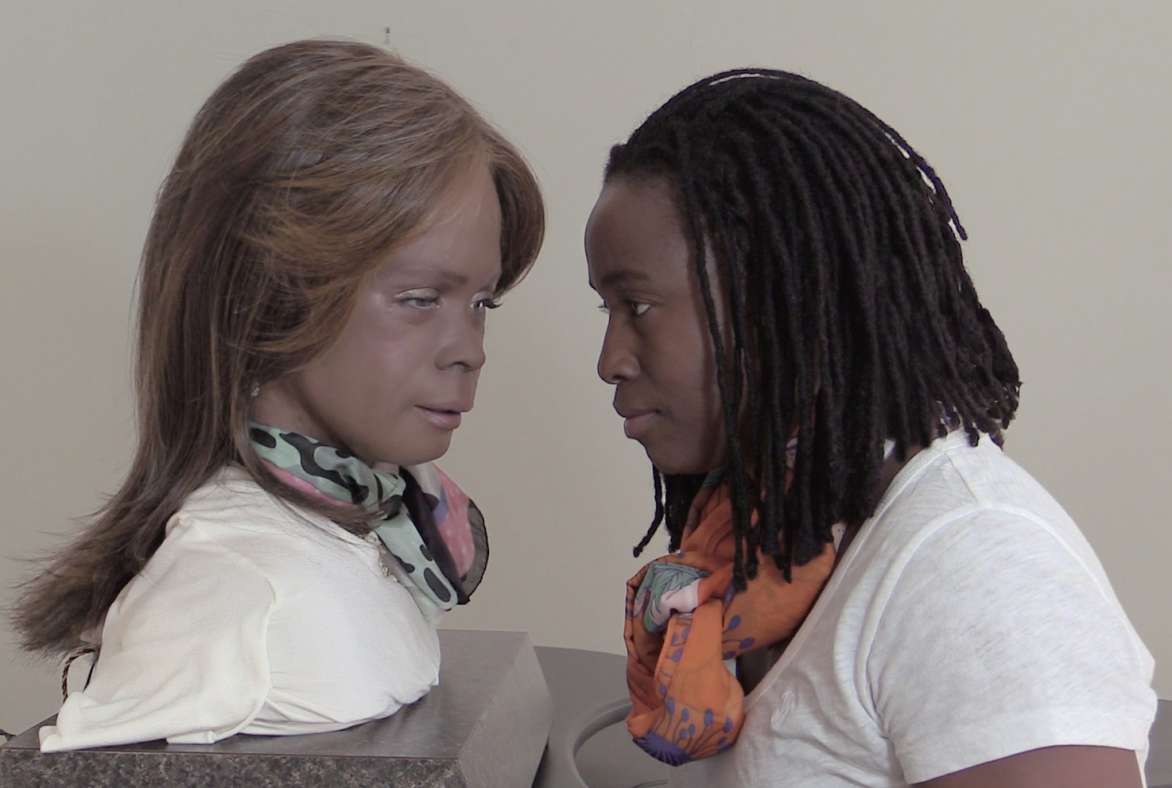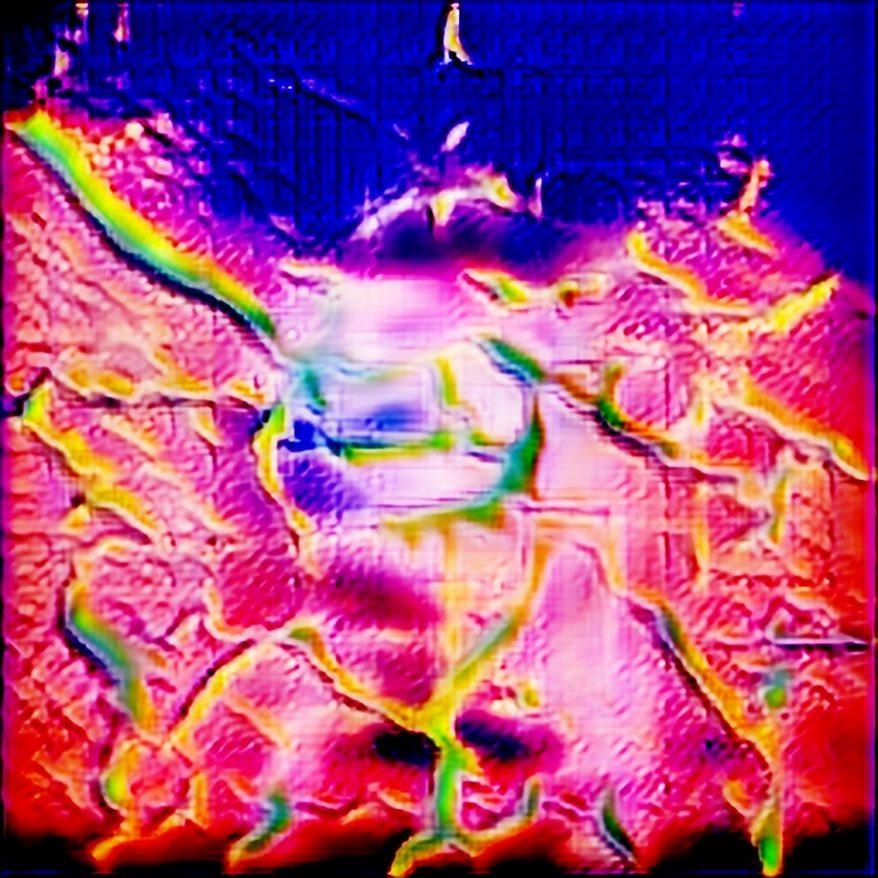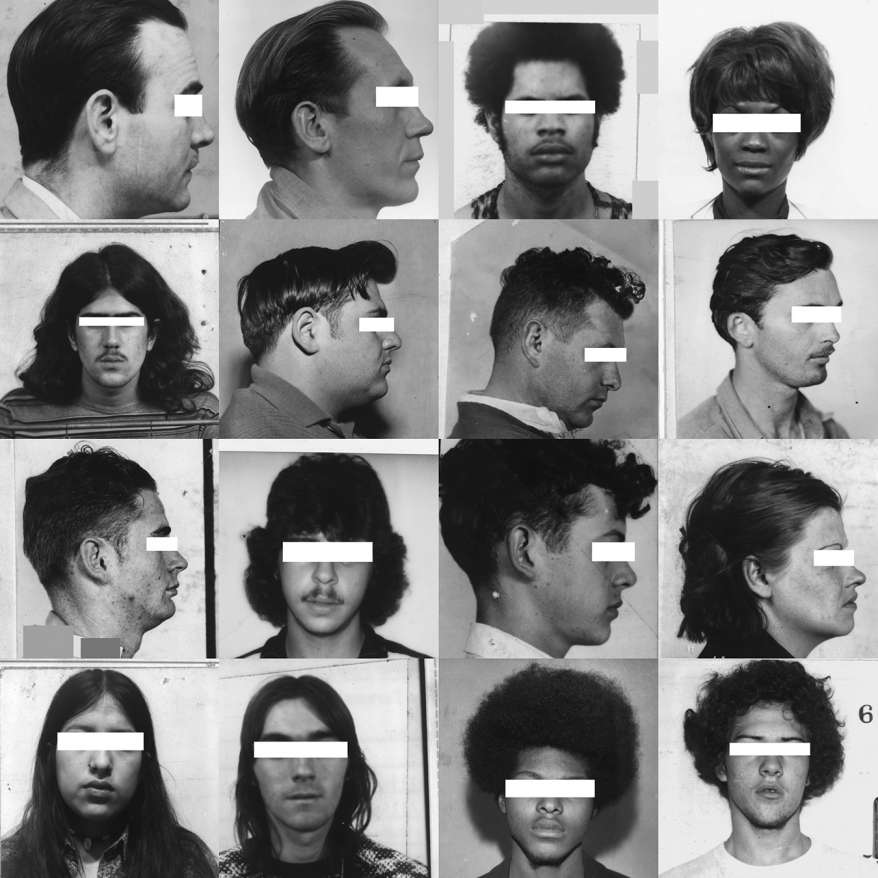Originally coined by Japanese robotics expert Masahiro Mori in 1970, the phrase “uncanny valley” refers to a measurement of discomfort inspired by objects that appear almost human but are somehow not quite convincing. In today’s AI-driven world, increasingly organized and shaped by algorithms that track, collect, and evaluate our data, the question of what it means to be human has shifted. Uncanny Valley is the first major exhibition to unpack this question through a lens of contemporary art and propose new ways of thinking about intelligence, nature, and artifice. Uncanny Valley: Being Human in the Age of AI is a group exhibition curated by Claudia Schmuckli featuring artists’ explorations of biological, ethical, practical, and philosophical questions that stem from the rise of artificial intelligence. Uncanny Valley is the first major exhibition to unpack this question through a lens of contemporary art and propose new ways of thinking about intelligence, nature, and artifice. The exhibition features new and newly commissioned works by a group of 25 international artists whose projects consider issues of representation, agency, intimacy, self-awareness, labor and geo-political power.
Uncanny Valley: Being Human in the Age of AI
“The terrific range of project proposals we receive each year speaks to the mobile and porous disciplinary boundaries of contemporary art practice, and to the rich and inventive ways writers approach art today. They are alert to the urgent need to expand the conventions of art history and criticism with ideas from other discourses, such as black studies, transnational and diaspora studies, gender and women’s studies, and LGBT studies. The work of lesser known and overlooked artists and art communities continues to be mined, with writers articulating new ways to counter the striking imbalances of race, class and gender that continue to affect the arts and the culture industry.”



